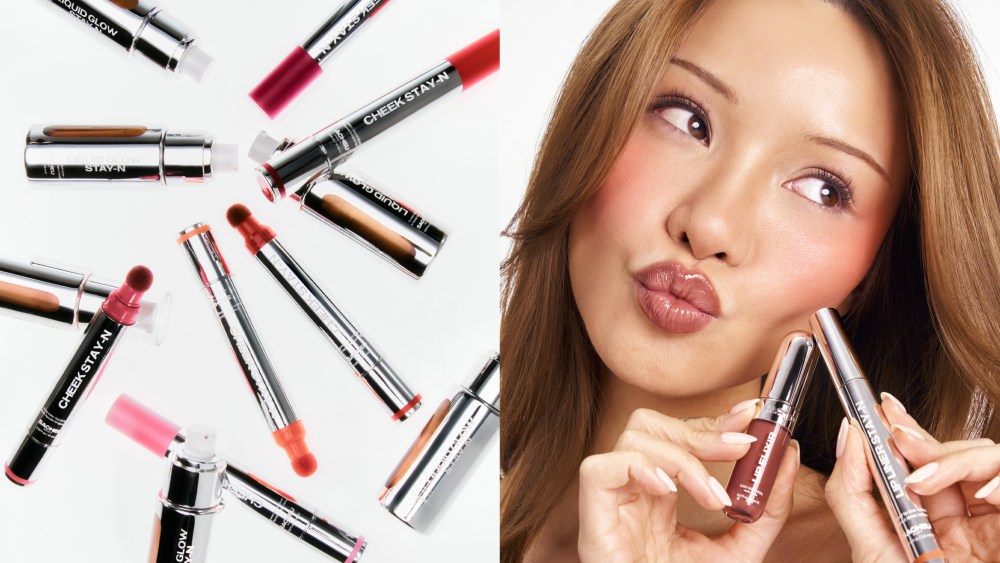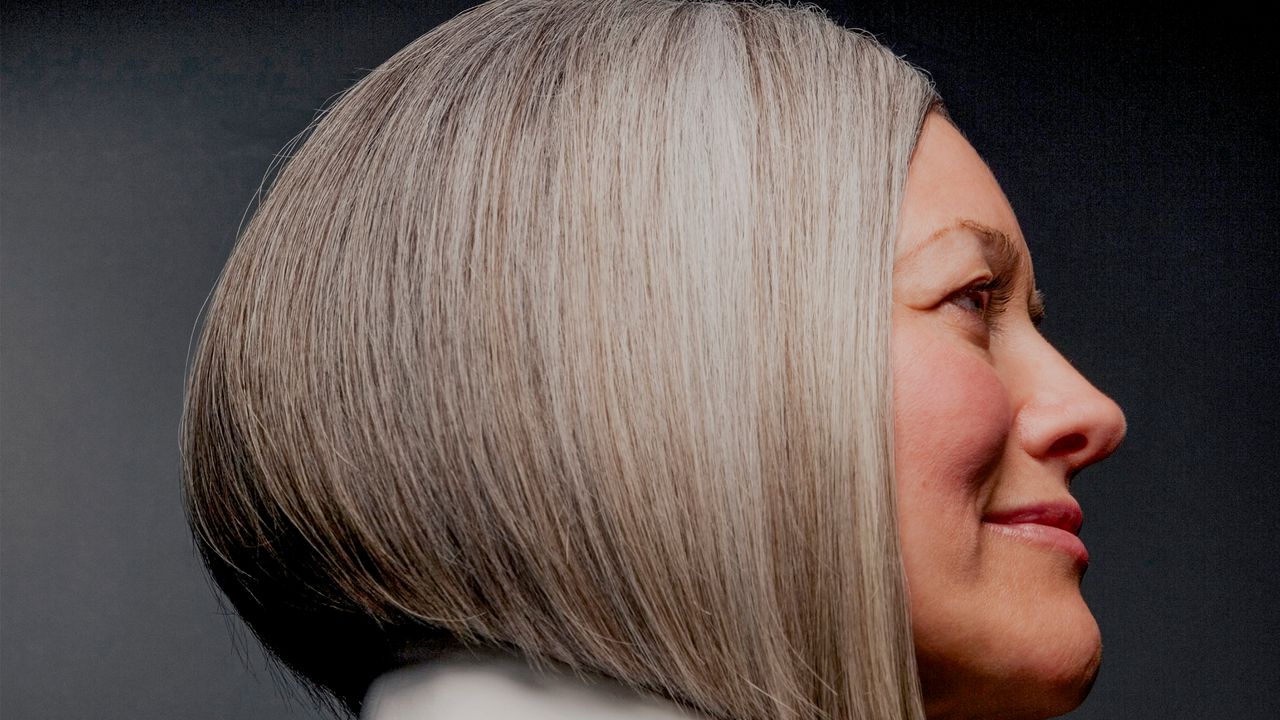
A report by Spate and YipitData shows that TikTok-fueled momentum is translating into meaningful share gains for a cohort of next-gen brands across the beauty industry.
Among the key gainers are Medicube and Anua, which rank as the top two skin care brands on TikTok with 10.6 billion and 9.3 billion views, respectively.
“Virality is being driven by curiosity. Consumers are excited by new product innovation, as well as new application techniques,” Yarden Horwitz, cofounder of Spate, said. “Brands like Medicube are winning by launching clinical innovations such as microneedling serums, while also launching new technique innovations with sensory, TikTok-friendly formats like boba creams and peel-off masks that change color once fully absorbed.”
Horwitz added it’s important, too, to distinguish that a majority of views for many such viral brands are coming from paid content — whether it’s from paid sponsorships with top influencers or eligible-for-commission content with microinfluencers.
At 4.5 billion views, Sacheu Beauty, known for its Peel-Off Lip Liner Stain, is the second most viral makeup brand on the platform. “This product isn’t just going viral; it’s changing how consumers engage with makeup,” said the report.
With 2.3 billion views on TikTok, Lattafa was the top fragrance brand. In the hair category, brands like Wavytalk, Karseell and Tymo are redefining consumer expectations with styling tools and treatments that deliver dramatic, camera-ready results.
According to the report, these brands are not just disrupting category leaders — they’re also changing how consumers shop, with platforms like Amazon becoming key destinations for impulse and trend-driven purchases over traditional retailers.
Yipit’s data shows Medicube and Anua are gaining meaningful traction in Amazon’s skin care space, with Medicube in particular climbing rapidly to reach 2 percent of total category share as of May 2025. As these emerging brands grow, legacy staples like CeraVe and Neutrogena are losing ground — highlighting a category in flux as consumer interest shifts toward newer, buzz-driven brands.
However, while these brands are making a splash, sustaining that momentum remains a major challenge, with many struggling to translate early hype into long-term loyalty.
The report used skin care brand Cosrx as an example. After a strong start in 2024, its share began to taper off by mid-2024 and remained on a gradual decline into 2025, suggesting the brand’s viral momentum — fueled in part by the popularity of snail mucin — may have plateaued. As Cosrx lost share, both Medicube and Anua gained traction, each expanding their footprint through the first half of 2025.
“Ongoing product innovation and launches will help these virality driven brands maintain momentum,” said Horwitz. “Medicube has continued to launch new products and formats, and despite first taking off in the U.S. in 2024, they’re still seeing over 1,000 percent year-over-year growth in 2025.”
Entering retail is also key, added James Hart, president of YipitData. “If you want longer-term success, you need to have a plan around not only direct-to-consumer, but also specifically which online retailers and which brick and mortar retailers you’re going to be working with.”
For retailers, the report’s message is clear: Make space for virality-driven brands or risk losing relevance to more agile distribution platforms.
#TikTokFueled #Brands #Medicube #Sacheu #Disrupt #Category






